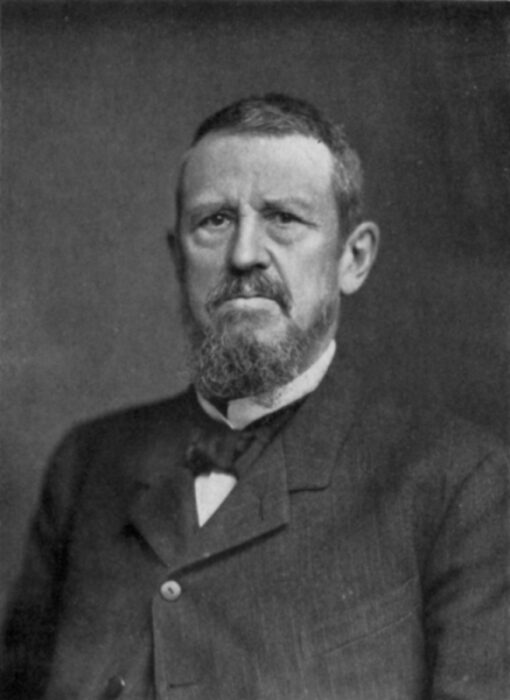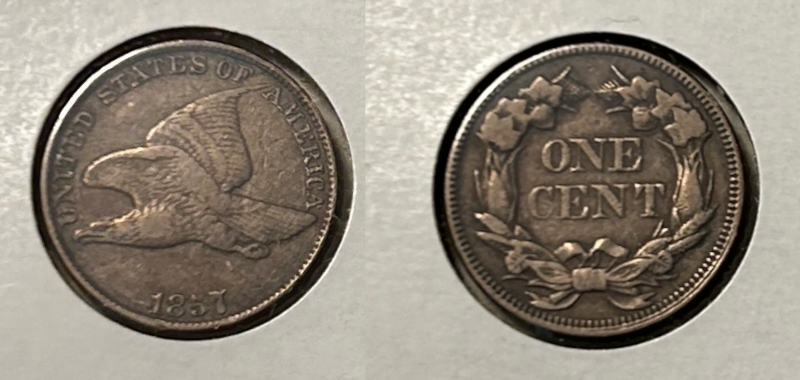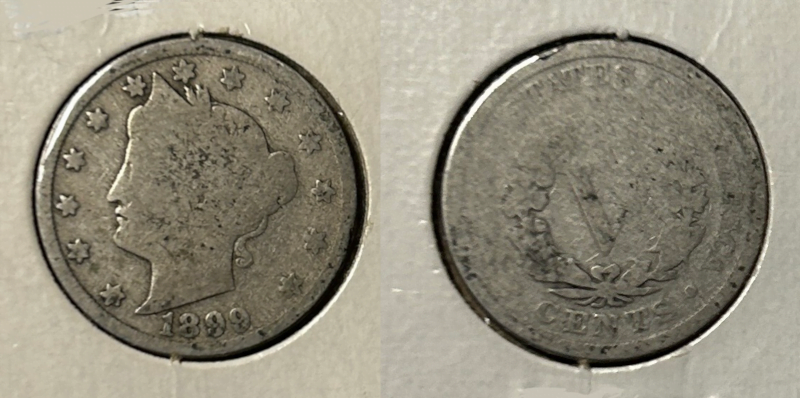The Liberty Head Nickel has always been a sentimental favorite of mine. And there’s also a fascinating history behind it.
As we’ve covered before, nickel mine magnate and future founder of the Wharton School at the University of Pennsylvania Joseph Wharton is the man responsible for bringing about the nickel five-cent piece. Thanks to his lobbying efforts and political connections, the Mint began circulating the Shield Nickel in 1866, a coin widely derided as one of the ugliest ever made. (A much nicer five cent piece featuring George Washington was considered but not adopted — that pattern coin is #1 on my wishlist, but they’re way out of my price range.)

There were other problems with the coin. Confirming the fears of many people when nickel was first chosen as the base metal, the alloy was too thick, making the coin hard to strike. The problems were such that the Mint considered redesigning the five cent piece as early as 1867, even striking pattern coins in 1868 and 1871, but ultimately kept the Shield Nickel in circulation until 1883.
Meanwhile, Wharton hadn’t given up on his quest to sell as much nickel as possible to the U.S. Government and turned his attention to the one-cent coin. Starting with the Flying Eagle cent in 1857, the Mint had used an alloy consisting of 88% copper and 12% nickel, only to shift to a copper-tin-zinc alloy in 1864. Wharton was outraged and wanted his nickel put back in, despite the clear problems they presented with coin striking.

Once again, he turned to his friends in Congress, but this time, his results were mixed. While he was glad to the see the 1873 Coinage Act eliminate the silver half-dime and three-cent pieces while continuing their nickel counterparts (as well as discontinuing the copper two-cent piece he had long fought against), he suffered a major defeat when his attempt to require that nickel be used in one-cent pieces came up short.
[A]fter 1853, the government further proceeded to debase its copper coins, and then it finally proceeded to put into circulation a miserable, debased nickel coinage, such as the common five-cent piece, which was made for nor earthly purpose that I can understand, except to enrich certain gentlemen who have a monopoly of nickel… But with this Pennsylvania contrivance, we have this nickel coinage, giving a monopoly to these gentlemen in Pennsylvania…
Rep. Clarkson Potter (D-NY), Floor Debate, January 9, 1872
Undeterred, he continued the fight and kept lobbying Congress and the Mint to try and get nickel back into the one-cent piece. The Mint, however, decided to use that opportunity to redesign Wharton’s precious five-cent piece to begin circulating in 1883. Keeping the existing composition, Mint Chief Engraver Charles Barber produced a design featuring a bust of Liberty on the obverse and a reverse consisting of the Roman numeral “V” surrounded by a wreath of wheat, corn and cotton. The phrase “E Pluribus Unum” adorned the bottom of the reverse. The design would go on to form the basis for the Barber Dime, Quarter and Half-Dollar that ran from 1892 to 1916.
One thing they forgot to add to the reverse was the word “cents.” Maybe they thought it was self explanatory. After all, it was the same size and weight as the Shield Nickel. Surely, people wouldn’t confuse it with anything else, right?
Well, never underestimate the ingenuity and creativity of con artists. Because the coin was similar in size to the $5 Gold Eagle, some people got the bright idea of covering the Liberty Nickel with gold plating and passing it off as a $5 piece. One popular legend is that a man named Josh Tatum was convicted of passing several of these so-called “Racketeer Nickels” along, giving rise to the phrase “joshing me.” However, according to famed numismatic historian Q. David Bowers, that phrase had long been in the vernacular by the time the Liberty Nickel came out.
Either way, the Mint acted quickly. A few months after it was first issued, the Mint hastily redesigned the 1883 nickel to add “cents” to the bottom of the reverse. Out of the nearly 21.5 million nickels minted that first year, only 5.48 million ended up without the “cents” designation, making them slightly more valuable than the other 16 million.
But not too valuable. I got the above 1883 “no cents” coin for a reasonable price. On the flip side, despite being graded AU-55, the detail on the coin isn’t great.
That’s a big reason why Liberty Nickels are not popular with collectors. As with the Shield Nickel, the Mint had trouble striking the Liberty Head design onto the requisite nickel planchets. As such, the coin was easily worn, making it hard to find circulated Liberty Nickels in excellent condition.
Additionally, the design, as with the others in the Barber series, was not well-received — especially when compared with their successor, the beloved Buffalo Nickel. “They are ugly coins,” said Bill Miholer of Executive Coin Company, Stow, Ohio. “Personally, I don’t think they look good. As far as being a popular coin series, it ain’t it.”
Thanks to the lack of demand and dearth of high quality coins, Liberty Nickels are fairly inexpensive, making them a good investment for beginning collectors or those on a budget. At least most of them are. The Mint decided to discontinue the Liberty Nickel, with 1912 being the last year in the series. However, a small number of 1913 Liberty Nickels were produced, most likely surreptitiously by a Mint employee. Only five are known to exist, and they are all worth a fortune. One is on display in the Smithsonian and another one is at the American Numismatic Association’s Money Museum in Colorado. Three more are privately owned and have fetched big money over the years. One sold for $4.5 million in 2018, making it one of the most expensive coins of all time. Another coin, once owned by the likes of King Farouk and Los Angeles Lakers owner Jerry Buss, went for $3.29 million in 2014.

On the other end of the value scale is the above 1899 specimen. I got this coin at an Orlando flea market when we went to Disney World for a family vacation when I was in middle school. We rarely went on vacation when I was growing up, so much so that my grandma actually came with us.
Anyway, I was in the early days of coin collecting and thought it would be cool to have a coin from the 1800s, and this one was affordable enough that my parents bought it for me. I didn’t know anything about condition, composition or mintage figures. I just wanted an older coin, and for many years, this coin occupied a position of honor in my collection alongside my very first coin. Even now, all those years later, when I look at this coin, I think of that trip we took and the great time we had. So, I guess in terms of sentimental value, this coin is right up there with the 1913 nickel.
Okay, maybe not. But it’s close! (Editor’s Note: No, it’s not).


1 comment
I really like old coins and “1 cent” is really pretty. But I haven’t heard of its history before and thanks for this story. Maybe you can have an exhibition with your older coins and coin with 1913 nickel will be main part I believe 😉
Comments are closed.